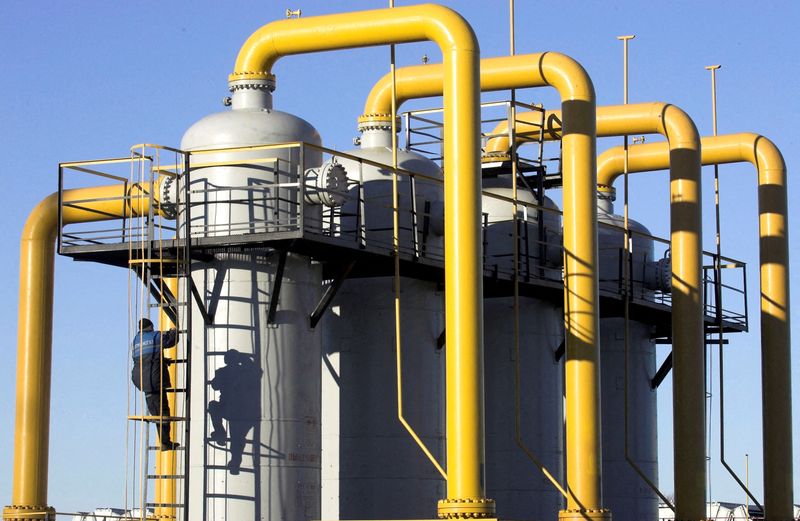Investing.com — As Europe heads into the winter of 2024-2025, Bernstein analysts note that the market is showing signs of tightening, driven by multiple supply and demand pressures and exacerbated by the potential impact of a second Trump presidency.
According to the company’s analysts, the European gas benchmark, TTF, has risen almost 30% this year, pushing prices to around $12.4/mmBtu in January 2025, close to Bernstein’s long-term forecast of $11.60/mmBtu.
This increase is seen as reflecting a range of problems, from declining domestic production to rising global demand for LNG.
The company explains that European domestic gas production has declined, especially in Britain, where North Sea gas production fell by 12% in the first half of 2024 alone.
Meanwhile, the large Dutch gas field in Groningen is also being completely shut down, further exacerbating regional supply constraints. As Bernstein notes, “without new fields being started up,” Europe’s dependence on imports will only increase.
On the demand side, increased competition from Asia has increased pressure. China and India, both major LNG consumers, are said to have seen almost double-digit growth in gas consumption this year.
Meanwhile, Bernstein says Brazil also became a major LNG importer after a severe drought that reduced hydropower capacity, while Egypt, traditionally a net exporter, became a gas importer due to domestic shortages and production declines at the Zohr field.
Meanwhile, supply-side disruptions at LNG export facilities such as US Freeport and Australia’s Ichthys have caused further volatility, according to the company.
Adding to the complexity, a Trump 2.0 administration could potentially raise tariffs, impacting European and Asian gas prices through currency and trade effects, Bernstein says.
For Europe, the confluence of factors makes for a challenging winter outlook, with Bernstein’s forecast anticipating continued high prices in a tight market.


